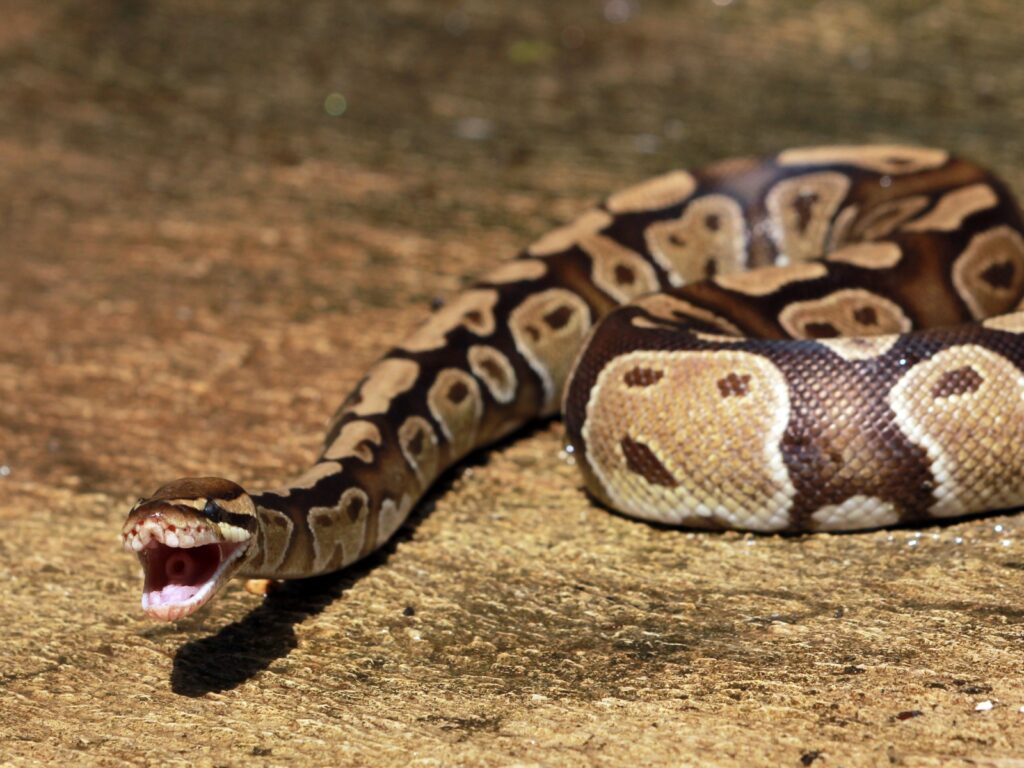Imagine walking through dense forests or exploring swampy marshes only to come face-to-face with snakes as long as a sedan or as thick as your thigh. In parts of the United States, such encounters with giant snakes are not just figments of the imagination but a startling reality. Join us as we delve into the lives of some of the largest snakes found across America, from the venomous Eastern Diamondback to the invasive Burmese Python, and uncover the mixture of awe and danger they inspire.
Eastern Diamondback Rattlesnake
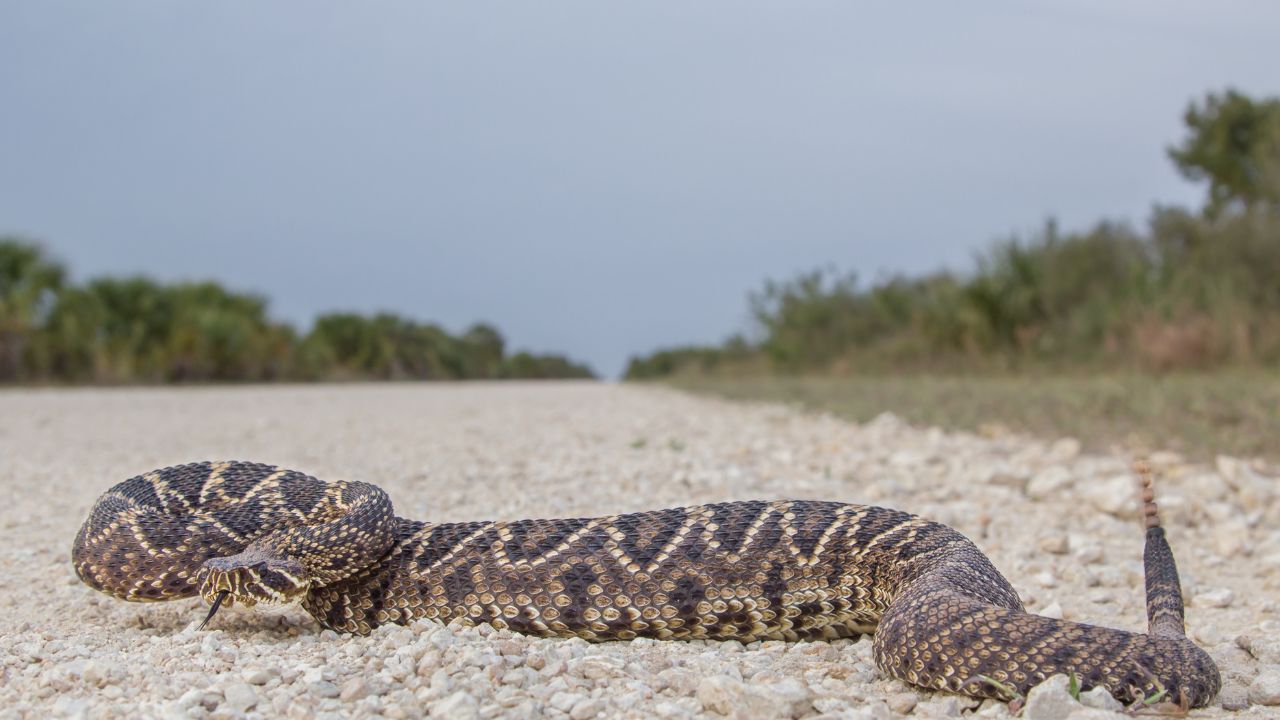
The Eastern Diamondback is North America’s largest venomous snake, reaching lengths of up to 8 feet. Known for the distinctive diamond pattern on its back and the chilling rattle at its tail, this snake commands respect. Found in varied habitats from dry forests to swampy marshes, these rattlesnakes are crucial in controlling rodent populations, despite their intimidating reputation.
Burmese Python

An unwelcome invader in the Florida Everglades, the Burmese Python is one of the heftiest snakes on the planet, some growing over 20 feet long. Originally from Southeast Asia, these pythons are formidable predators capable of taking down large animals like deer and even alligators, threatening local ecosystems.
Eastern Indigo Snake
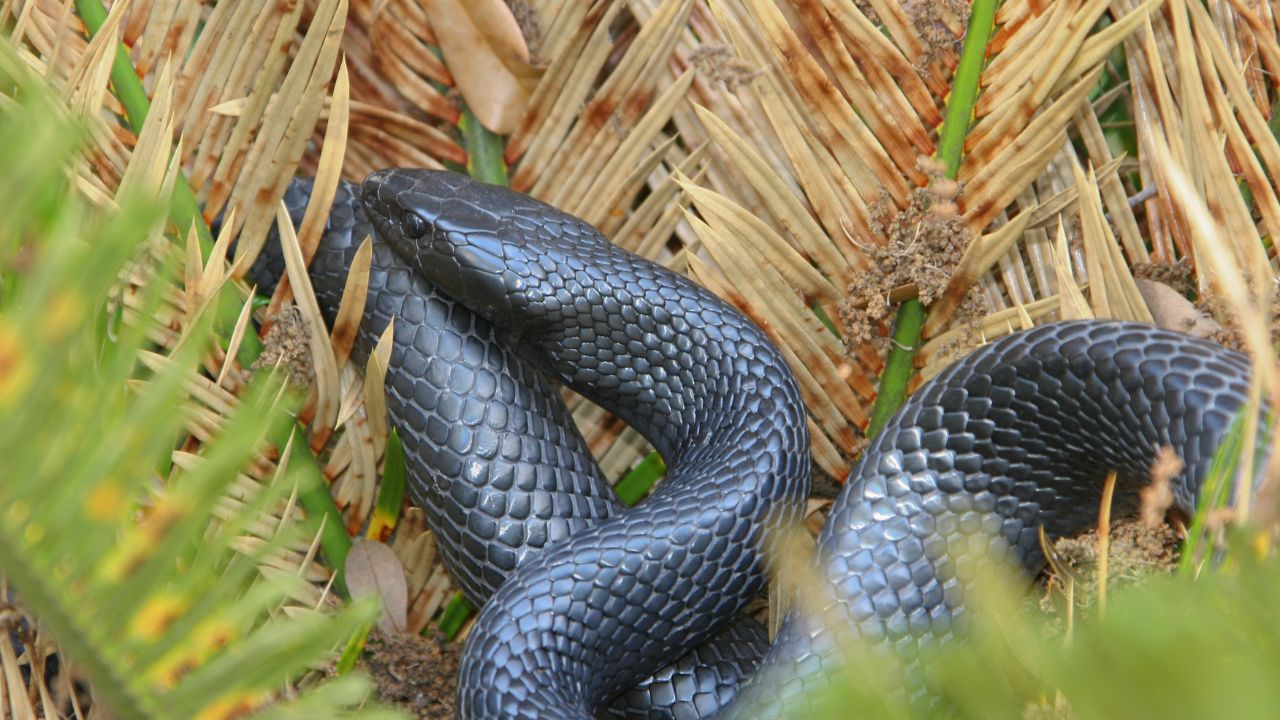
Meet the Eastern Indigo Snake, America’s longest native serpent, which can grow up to 8.5 feet. Admired for its striking dark blue color, this non-venomous snake inhabits areas from Florida to Texas. Despite its size, the indigo snake has a gentle nature and plays a beneficial role by controlling populations of venomous snakes.
Green Anaconda
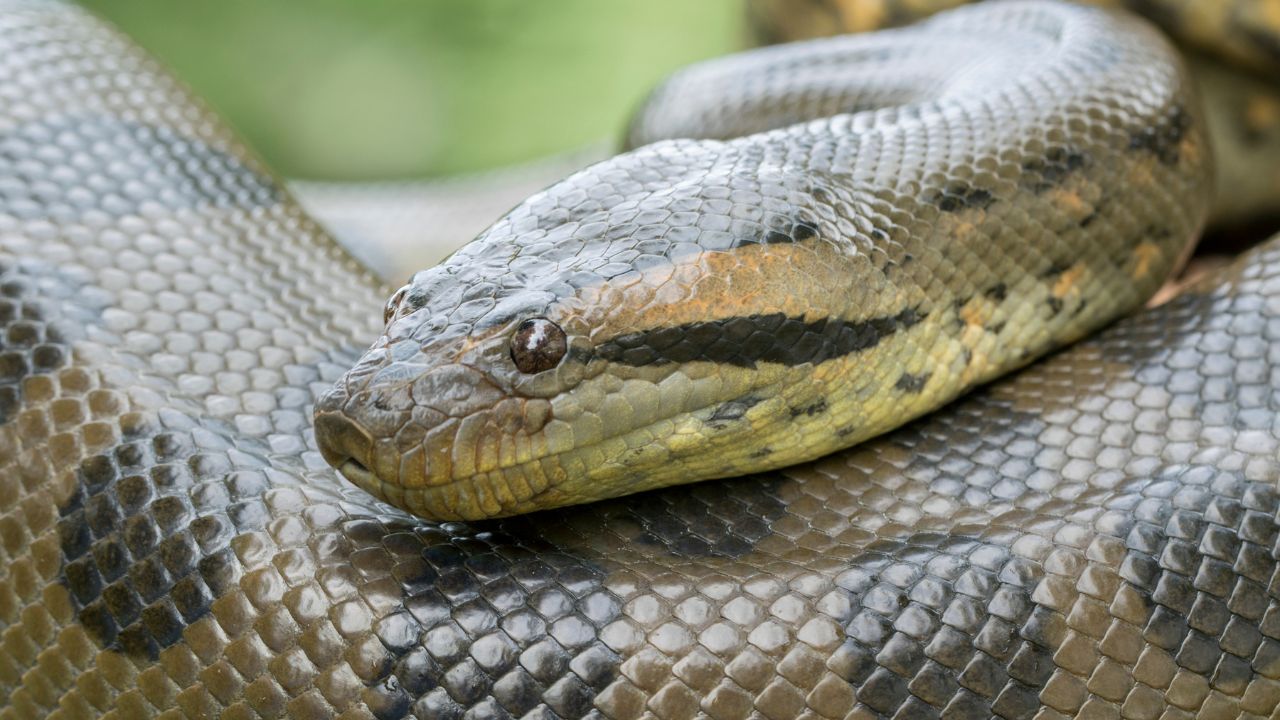
Though not native, the Green Anaconda has been spotted in the wild in Florida, likely released pets. These massive snakes can grow up to 30 feet and are among the most formidable aquatic predators, blending into marshes and rivers where they wait to ambush their prey.
Reticulated Python
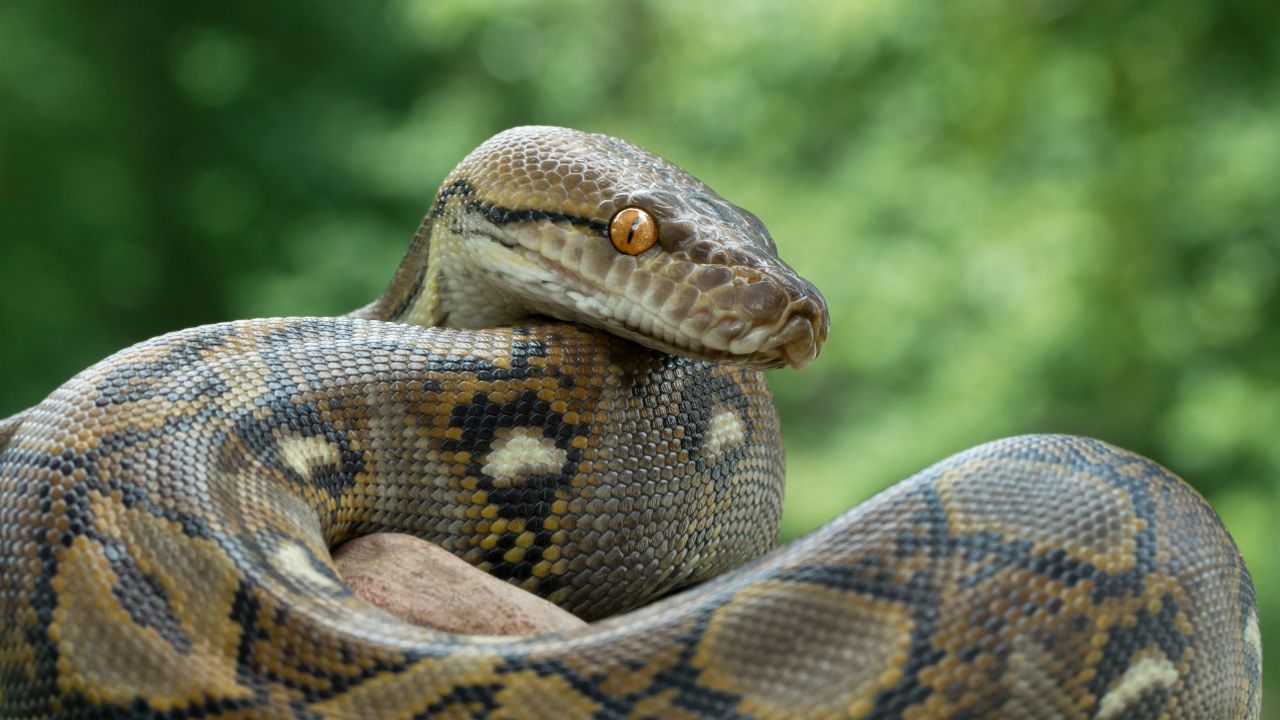
Another giant, the Reticulated Python, has been found in Florida’s wilds, escaping or released from captivity. This snake can surpass 20 feet in length and is known for its striking pattern. Like the Burmese python, it poses a significant threat to local wildlife due to its size and predatory capabilities.
Rock Python
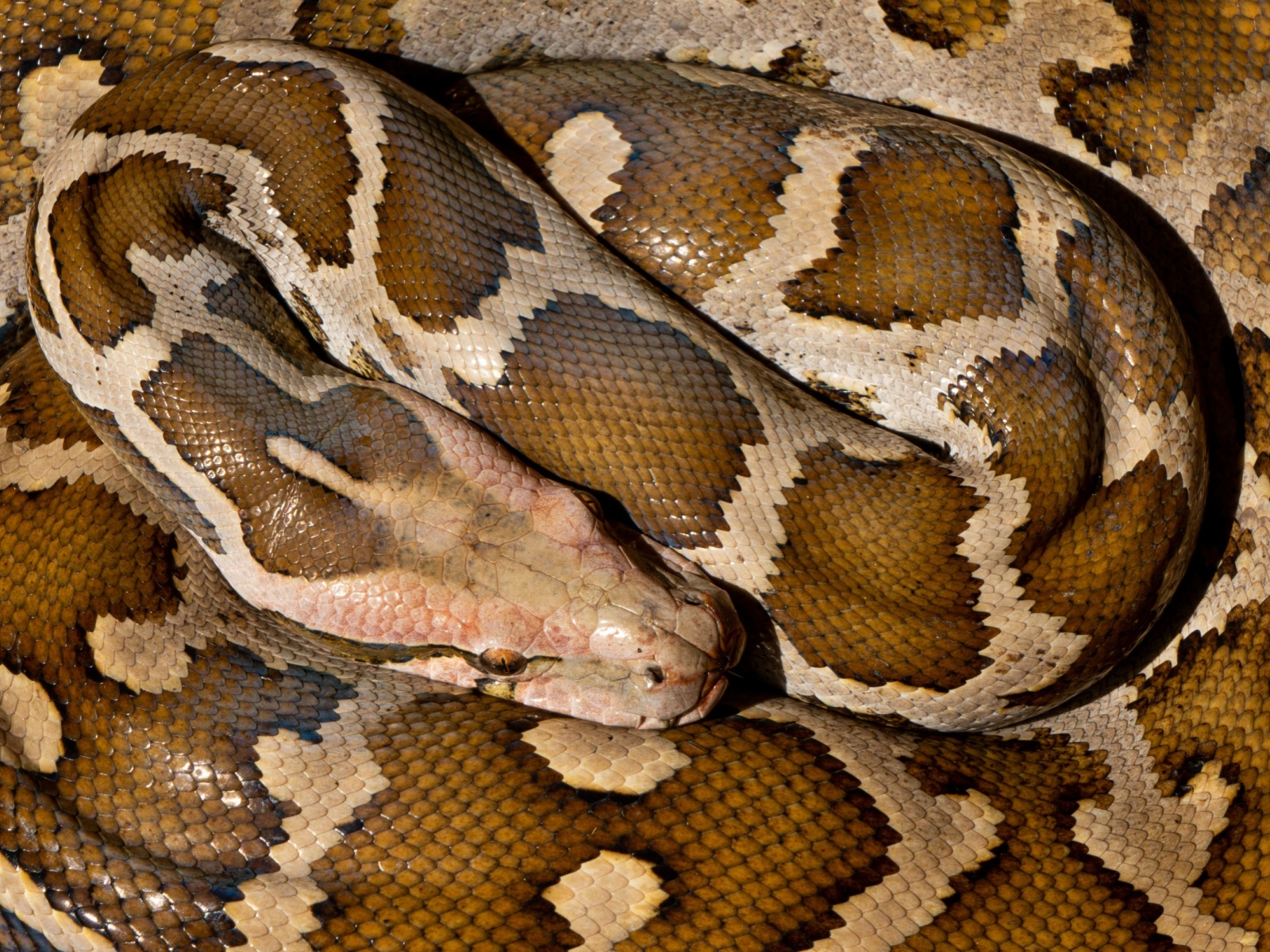
The African Rock Python, similar in invasiveness to the Burmese python, has established itself in Florida. Capable of reaching 20 feet, this robust snake is known for its aggressive nature and poses a real threat to both native wildlife and humans due to its strength and predatory instincts.
Boa Constrictor
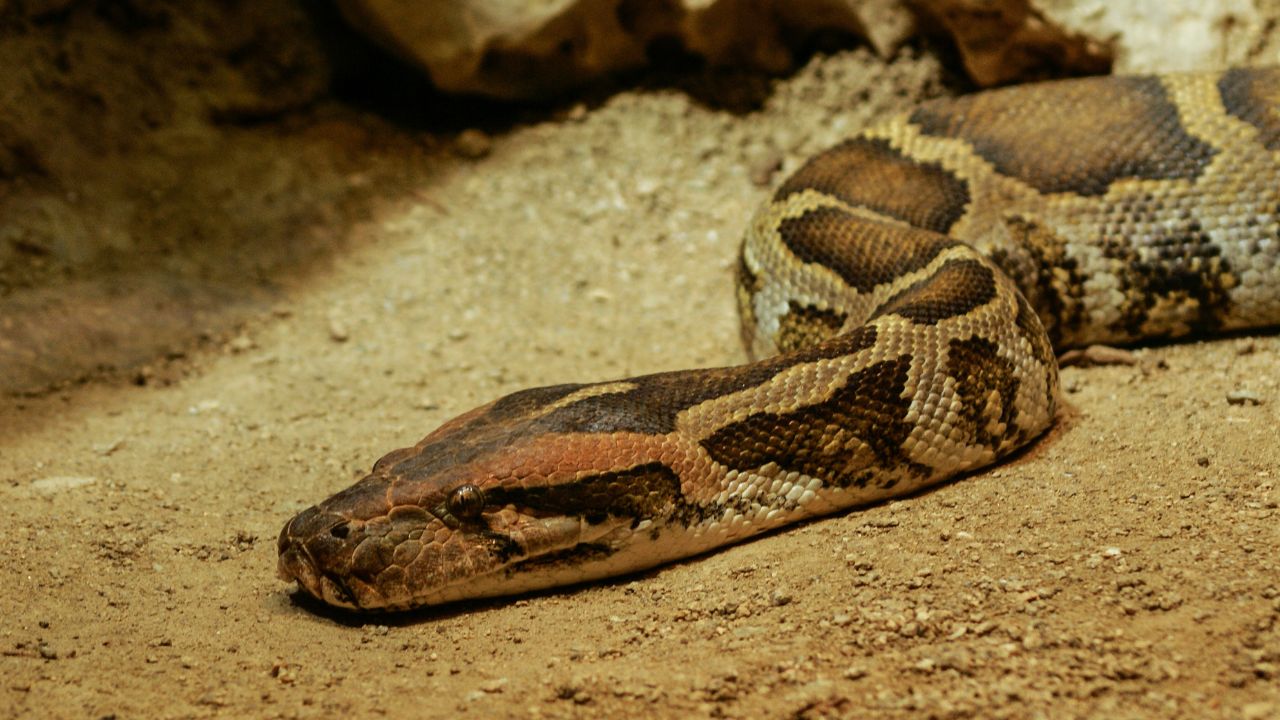
Boa Constrictors may reach up to 13 feet in length and have established a presence in Florida due to the pet trade. These constrictors adapt well to various environments and pose a risk to local wildlife, competing with native species for food and habitat.
Eastern Ratsnake
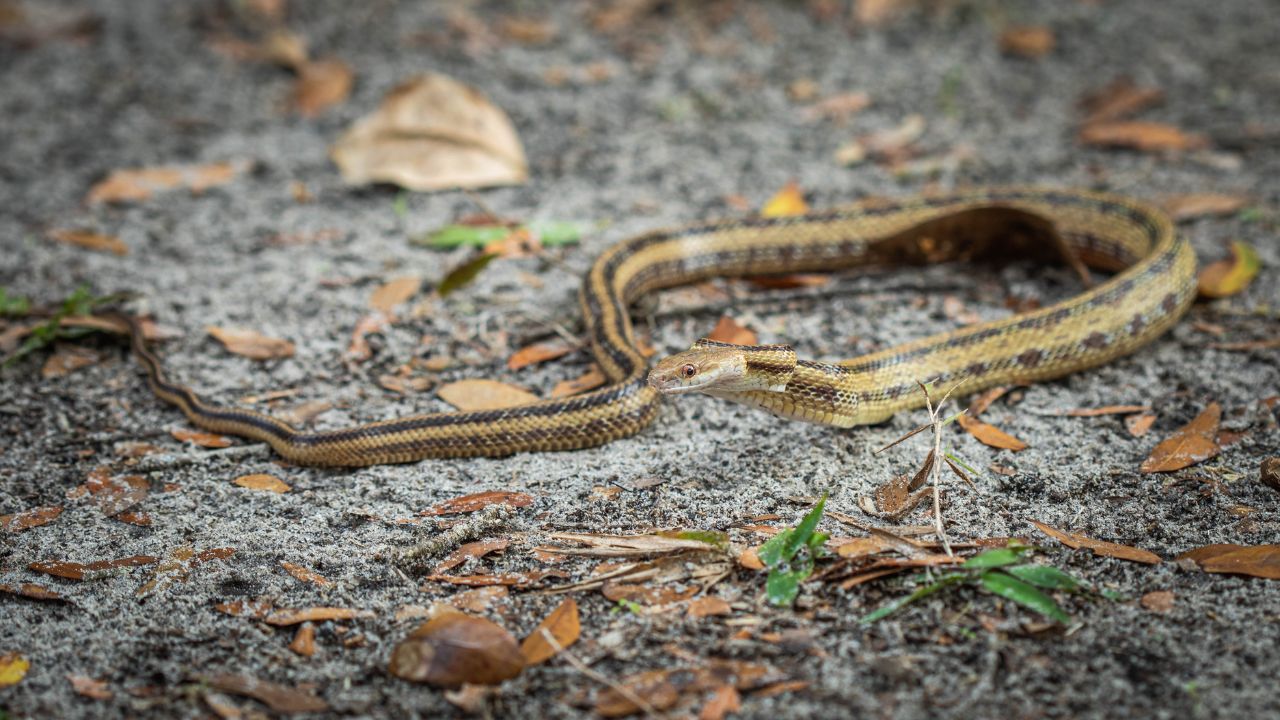
The Eastern Ratsnake, often found from the East Coast through the Midwest, can grow up to 7 feet. This snake prefers wooded areas, fields, and farmlands where it plays a vital role in controlling pest populations, benefiting farmers and reducing disease spread by rodents.
Coachwhip Snake
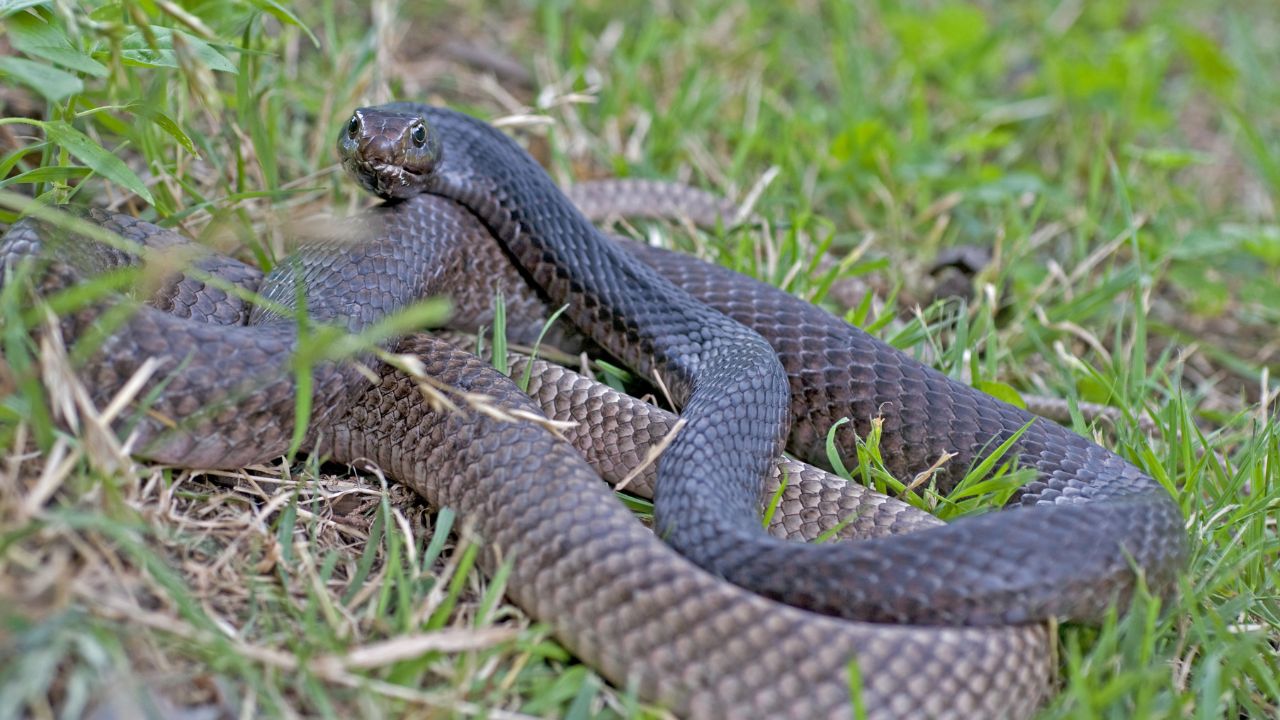
Named for its braided, whip-like appearance, the Coachwhip can reach lengths of up to 8 feet. Fast and agile, it thrives in the open landscapes of the Southern U.S., where it helps control pests such as rodents and insects, contributing to the ecological balance. The longest recorded Coachwhip snake was 8.5 feet.
Gulf Crayfish Snake
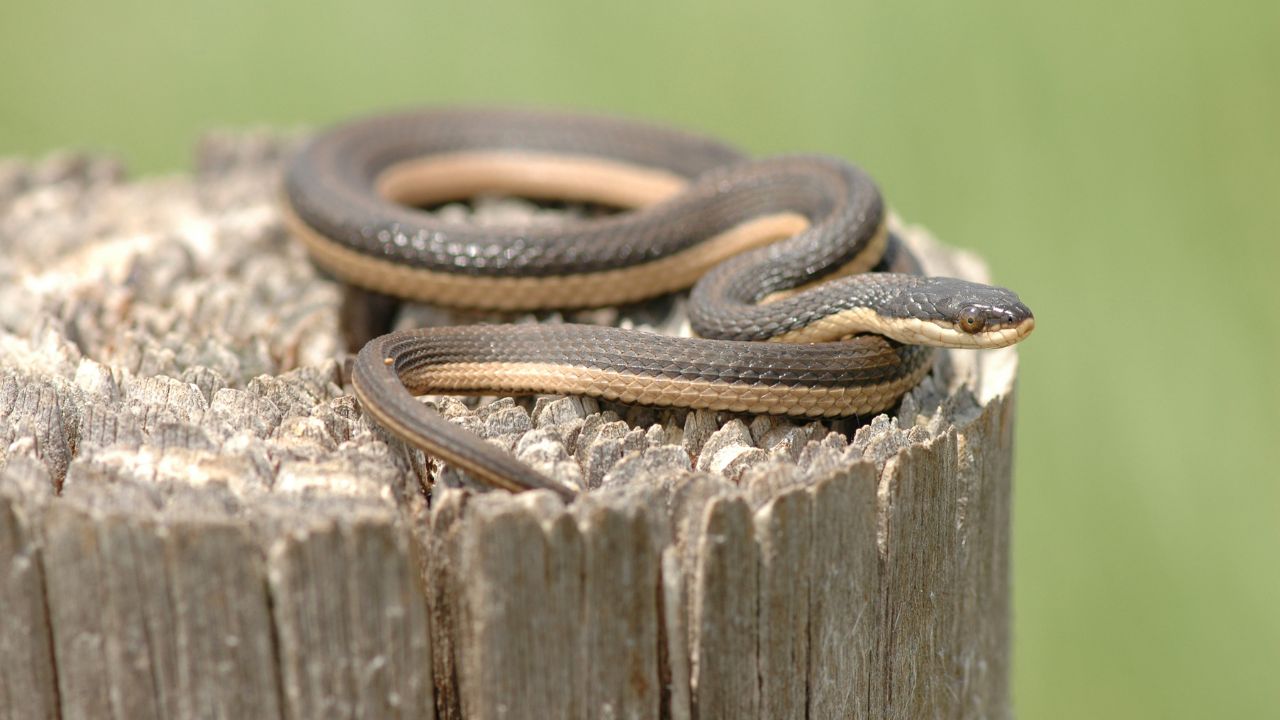
While not as long as some of its counterparts, the Gulf Crayfish Snake is notable for its specialization in hunting crayfish. Found in the southeastern United States, this snake plays a key role in maintaining the health of aquatic habitats by keeping crayfish populations in check. It measures upto 2.6 feet.
Becky is a fervent wildlife enthusiast and pet care expert with a diploma in canine nutrition. Her love for animals stretches beyond the domestic, embracing the wild tapestry of global fauna. With over a decade of experience in animal welfare, Becky lends her expertise to OutlandishOwl through insightful articles, captivating wildlife information, and invaluable guidance on pet nutrition. Her work embodies a deep commitment to understanding the intricate lives of animals and a passion for educating others on sustaining natural habitats. Becky's hands-on conservation efforts and her knack for translating complex dietary science into practical pet feeding tips make her an indispensable voice for creatures great and small.

